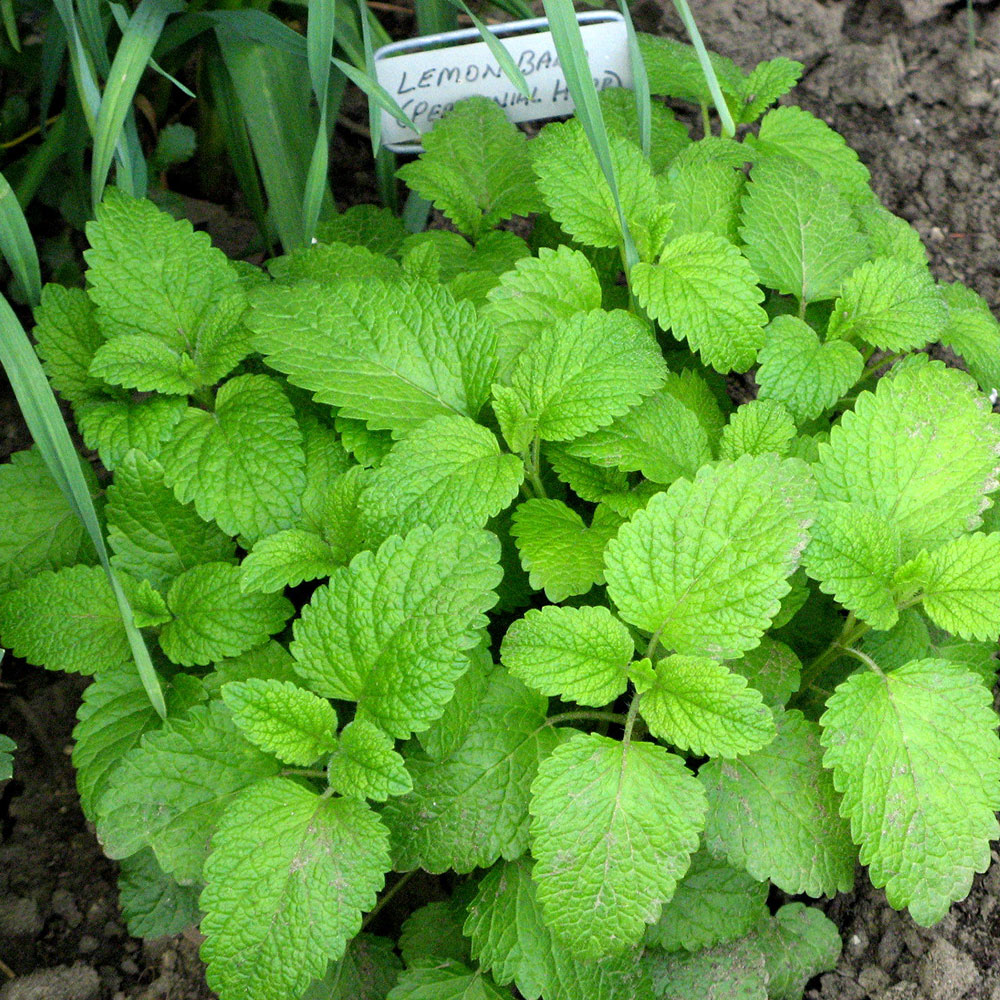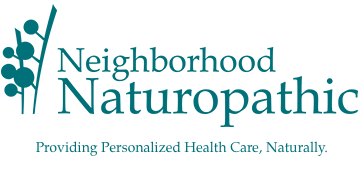Lemon balm has a nickname: “the Gladdening herb.” When you crush the soft leaves in your fingers, a wonderful lemon odor is released – the smell brings a smile and lightens your mood immediately! When you learn to recognize this wonderful plant, you can pick a piece and smell the happiness. We are lucky here in Minnesota: this friendly plant grows easily in our environment. You can every grow it yourself! Be careful, however, lemon balm can actually be invasive and easily spreads. You can find it robustly growing in gardens everywhere – you might even find it in places it is not intentionally cultivated.
Qualities: slightly warm, nervine, antiviral, aromatic, antioxidant
Warnings: This herb may try to take over your garden if you cultivate it! This herb is extremely safe and has very few side effects. Frequent use of lemon balm is contraindicated in hypothyroidism, and like most herbs should only be used under the card of an experiences practitioner if you are pregnant.
Uses: This herb is indicated for anxiety, restlessness, depression, and insomnia. It is a predictable antiviral and a gentle vasodilator. Lemon balm is a cognitive enhancer, and improves attention, memory, and reduces performance anxiety. This herb is a gentle carminative: it can help with gas, bloating, colic, stomachache, and improve digestion.
Description: This is a straightforward, safe, and gentle nervine with a strong evidence base and a very long history of use in western herbalism. It is remarkably uplifting, and may provide immediate mood enhancement through its odor. Lemon balm is calming, and it useful for anxiety, restlessness, and to help initiate sleep. The tea can be useful with the common cold, headaches, achiness, and fevers. This herb can help relieve muscle spasms, and can be helpful for painful menstrual cycles. The essential oil or crushed leaves are extremely effective for treating cold sores.
Lemon Balm is the mint family. The medium sized plant can be recognized by its square, brittle stem, and 1-3 inch wide soft, serrated leaves. Lemon balm has a distinctive lemon aroma and contains flavonoids such as rosemarinic acid, ferulic acid, apigenin, and isoquercitrin.
Lemon balm can be taken internally as a tea, tincture or extract. It can be juiced, and the uplifting fragrance easily expressed from the fresh leaf. Lemon balm is best fresh; the plant is very aromatic however its potent essential oils relatively scarce essential oils. Dried lemon balms does not have many the qualities of the fresh plant. Preparations will quickly lose their fragrance, so it best to have a fresh source of the herb on hand unless you use tinctures or special formulas. Since it has a wonderful lemon odor and taste, lemon balm can be used as a substitute or addition to lemon peel or lemon grass.

References:
Scholey A, Gibbs A et al. Anti-stress effects of lemon balm-containing foods. Nutrients. 2014 Oct 30;6(11):4805-21. doi: 10.3390/nu6114805.
Kennedy DO, Wake G, et al. Modulation of mood and cognitive performance following acute administration of single doses of Melissa officinalis (Lemon balm) with human CNS nicotinic and muscarinic receptor-binding properties. Neuropsychopharmacology. 2003 Oct;28(10):1871-81.
Kennedy DO, Scholey AB, et al. Modulation of mood and cognitive performance following acute administration of Melissa officinalis (lemon balm). Pharmacol Biochem Behav. 2002 Jul;72(4):953-64.
Shakeri A, Sahebkar A, Javadi B. Melissa officinalis L. – A review of its traditional uses, phytochemistry and pharmacology. J Ethnopharmacol. 2016 Jul 21;188:204-28. doi: 10.1016/j.jep.2016.05.010. Epub 2016 May 7.
Miraj S, Rafieian-Kopaei, Kiani S. Melissa officinalis L: A Review Study With an Antioxidant Prospective. J Evid Based Complementary Altern Med. 2017 Jul;22(3):385-394. doi: 10.1177/2156587216663433. Epub 2016 Sep 11.
Marzieh Akbarzadeh, Mansoore Dehghani, Effect of Melissa officinalis Capsule on the Intensity of Premenstrual Syndrome Symptoms in High School Girl Students. Nurs Midwifery Stud. 2015 Jun; 4(2): e27001. Published online 2015 Jun 27. doi: 10.17795/nmsjournal27001
